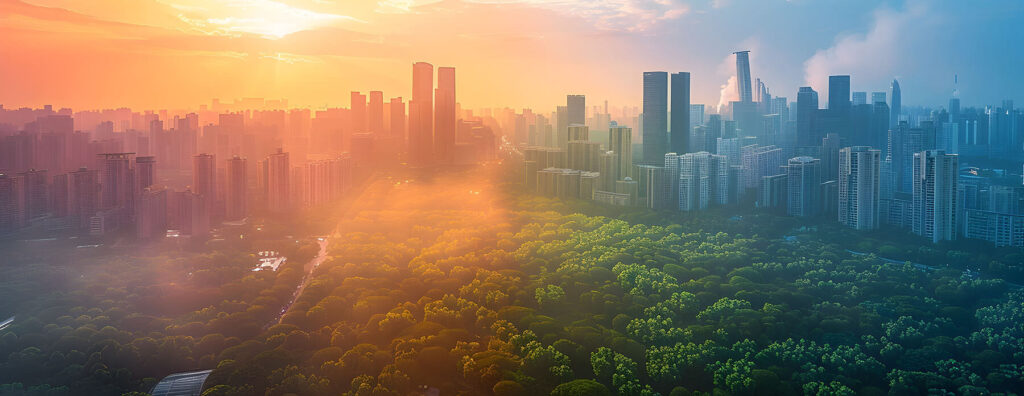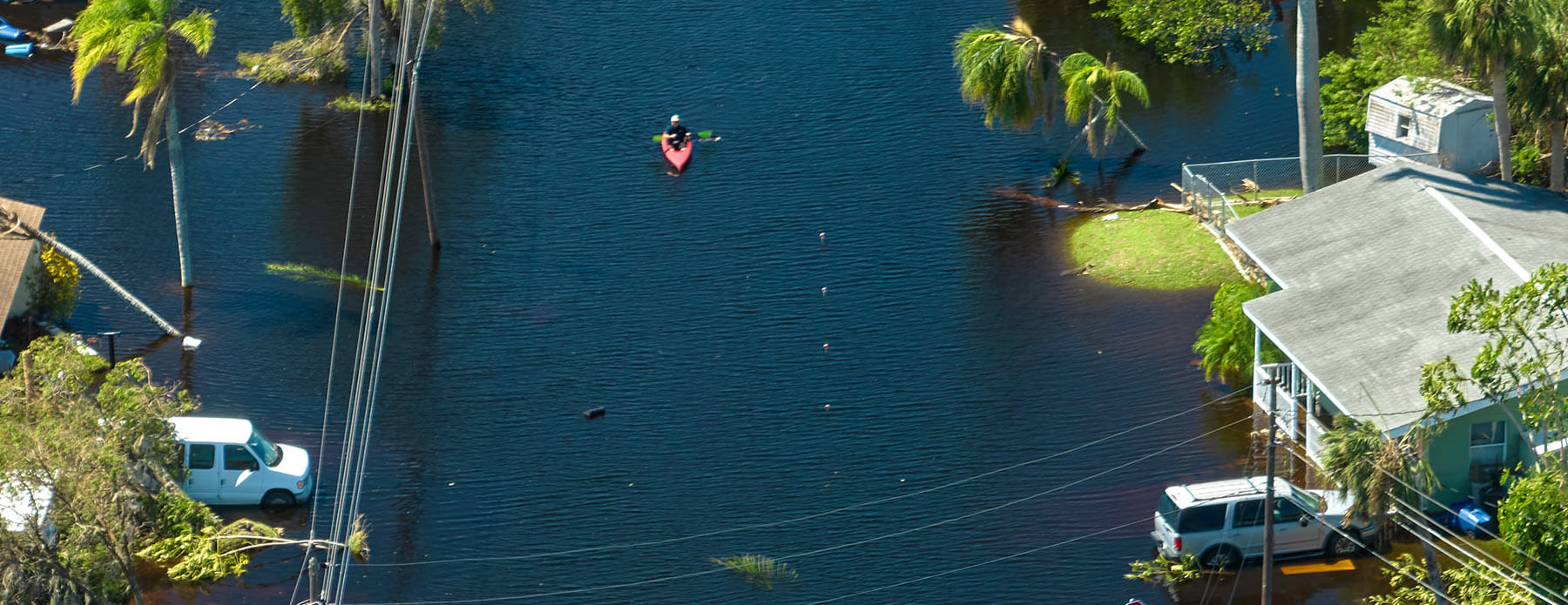Streets and skyscrapers worldwide are slowly turning into patches of sweltering heat, making city life less comfortable for millions of inhabitants. They’re called urban heat islands (UHIs); a review of research studies and data found that in the United States, the heat island effect results in daytime temperatures in urban areas about 1 – 7°F higher than temperatures in outlying areas and nighttime temperatures about 2 – 5°F higher.
Urban heat islands, a phenomenon that was once limited to the domain of scientific journals, have now become a matter of public concern. As urbanization rapidly sweeps across the globe, these heat islands are blossoming and thriving amidst busy city life. While the daytime temperature increases of 1 – 7°F might seem small, the incremental warming significantly adds up over time and contributes to a larger environmental impact.
According to the University Corporation for Atmospheric Research (UCAR), the core of this issue lies in our urban landscapes, specifically the materials we use to construct our buildings and pave our roads. Traditional infrastructure elements such as concrete and asphalt are efficient absorbers and retainers of heat, leading to higher temperatures in urban areas than their rural counterparts.
The effect isn’t limited to the warmer months alone. The heat island phenomenon occurs throughout the year, with the disparity becoming more pronounced at night. Rural areas cool down considerably after sunset, while cities, with their heat-absorbing materials, continue to simmer, offering residents little relief from the heat.
The adverse impacts of UHIs extend beyond discomfort. Rising urban temperatures increase energy demands for air conditioning and elevating greenhouse gas emissions. Moreover, the increased heat contributes to health risks, particularly for vulnerable populations like the elderly and those with chronic illnesses.
Ben Zaitchik, a professor and climate scientist in the Department of Earth and Planetary Sciences at Johns Hopkins said, “Urban heat islands can kill older adults, cause more asthma-related visits to hospitals, affect school learning outcomes and disproportionately affect the well-being of those communities who cannot afford air conditioning.”
UCAR said that people who live in cities will face higher temperatures and stronger heat waves in the future. In a recent article, UCAR stated, “More than half the global population lives in urban areas today and by the year 2050, the percentage of urban dwellers worldwide is expected to reach 70%, so the problem of urban heat islands will continue to grow.”
Mitigating the Urban Heat Island Effect
Several major cities have begun exploring mitigation strategies, ranging from planting more trees to using cooler materials for urban surfaces or increasing the reflectivity of buildings to combat this phenomenon.
The Baltimore Integrated Lab (the “Lab”) at Johns Hopkins University received a $24.5 million grant from the U.S. Department of Energy. The Lab, comprised of scientists, academics, researchers, climate modeling specialists and other experts from Hopkins, Pennsylvania State University, Morgan State University, University of Maryland – Baltimore County, and others, will work with city officials and community groups to protect vulnerable communities from extreme weather, urban heat islands, and fossil fuel pollution.
According to the U.S. Environmental Protection Agency, the planting of trees and vegetation, and installation of green roofs and green infrastructures, reduces urban heat island effects by shading building surfaces, deflecting the radiation from the sun, and releasing moisture into the atmosphere. The EPA stated on their website, “Green infrastructure can help improve community resilience today and into the future.”
These nature-based solutions, discussed by Tom Lewis, President and COO of Tidal Basin, can help lead the way toward a more sustainable and resilient future.



